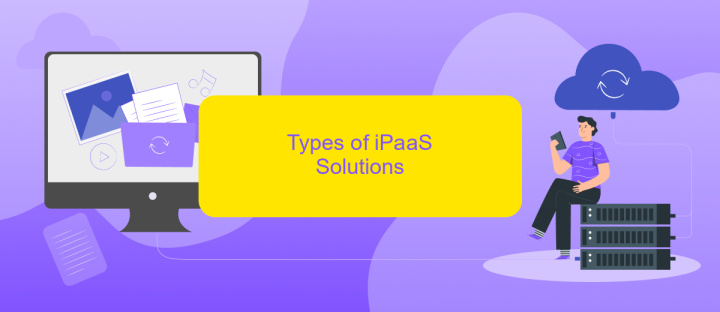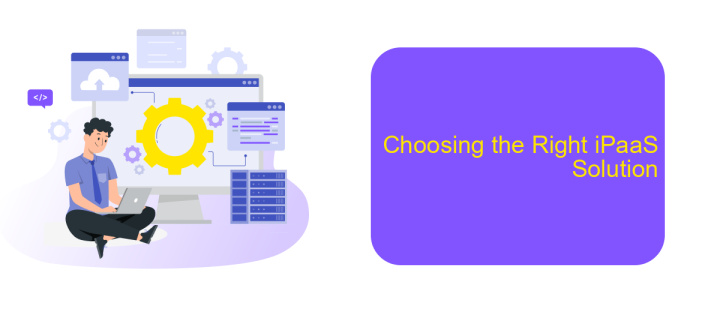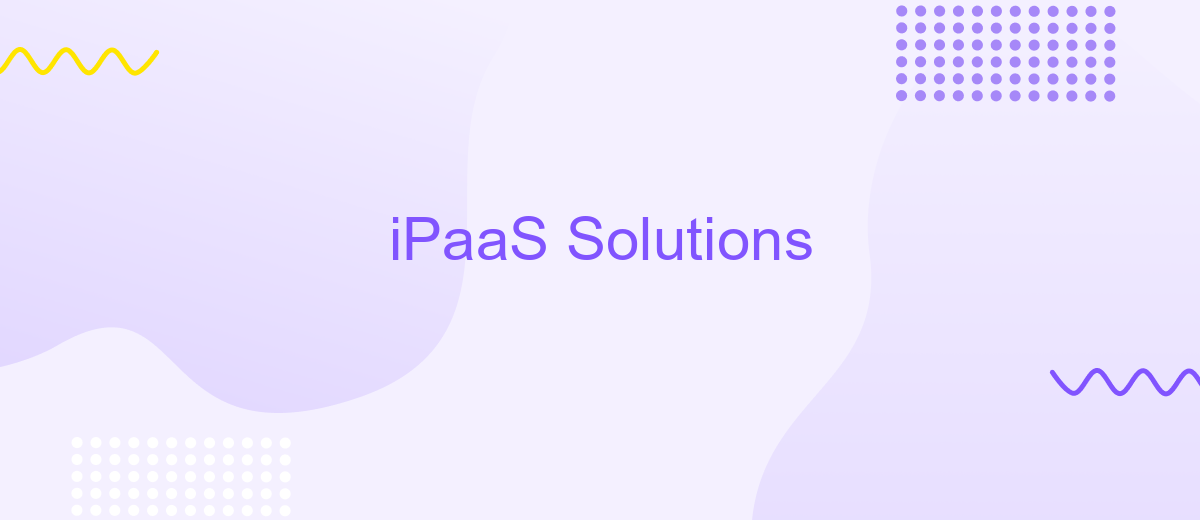iPaaS Solutions
In today's fast-paced digital landscape, Integration Platform as a Service (iPaaS) solutions have emerged as essential tools for businesses seeking seamless connectivity between disparate systems. By enabling efficient data integration and workflow automation, iPaaS platforms empower organizations to enhance operational efficiency, drive innovation, and achieve scalable growth. This article explores the key benefits and considerations when implementing iPaaS solutions.
Introduction to iPaaS Solutions
Integration Platform as a Service (iPaaS) solutions are cloud-based services designed to facilitate the integration of various applications and data sources. These solutions streamline the process of connecting different systems, enabling seamless data flow and automation across an organization's digital ecosystem.
- Scalability: Easily scale your integrations as your business grows.
- Cost-Effective: Reduce the need for custom integration development.
- Flexibility: Connect a wide range of applications and data sources.
- Efficiency: Automate repetitive tasks and improve productivity.
One notable example of an iPaaS solution is ApiX-Drive. This service simplifies the integration process by offering pre-built connectors and a user-friendly interface, allowing businesses to quickly set up and manage their integrations without extensive technical knowledge. By leveraging iPaaS solutions like ApiX-Drive, organizations can enhance their operational efficiency and focus on their core business activities.
Benefits and Features of iPaaS

iPaaS (Integration Platform as a Service) offers a plethora of benefits and features that streamline business operations by enabling seamless integration across various applications and services. One of the primary advantages is its ability to provide a centralized platform for managing all integrations, reducing the complexity and cost associated with traditional integration methods. iPaaS solutions are highly scalable, allowing businesses to easily adapt to changing needs and grow without additional infrastructure investment. Furthermore, they support real-time data synchronization, ensuring that information is always up-to-date across all connected systems.
A key feature of iPaaS is its user-friendly interface, which often includes drag-and-drop tools for creating and managing integrations without requiring extensive coding knowledge. For instance, ApiX-Drive is a notable iPaaS provider that simplifies the integration process through its intuitive platform, enabling users to connect various applications and automate workflows effortlessly. Additionally, iPaaS solutions offer robust security measures, including data encryption and compliance with industry standards, ensuring that sensitive information is protected. These features collectively enhance operational efficiency, reduce manual errors, and allow businesses to focus on their core activities.
Types of iPaaS Solutions

iPaaS solutions come in various forms, each designed to cater to specific business needs and integration complexities. Understanding these types can help organizations choose the right one for their requirements.
- Cloud-based iPaaS: These solutions are hosted on the cloud and provide flexibility and scalability. They are ideal for businesses looking to integrate cloud applications and services quickly.
- On-premises iPaaS: These solutions are deployed within the company's own infrastructure, offering greater control and security. They are suitable for organizations with stringent data governance policies.
- Hybrid iPaaS: Combining the best of both worlds, hybrid iPaaS solutions enable integration between on-premises systems and cloud applications. They are perfect for businesses transitioning to the cloud while maintaining legacy systems.
- Industry-specific iPaaS: Tailored to meet the unique needs of specific industries, these solutions offer pre-built connectors and workflows that streamline integration processes.
One notable example of an iPaaS solution is ApiX-Drive. This cloud-based platform simplifies the integration process by allowing users to connect various applications and automate workflows without needing extensive technical knowledge. By leveraging such solutions, businesses can enhance efficiency and streamline operations.
Choosing the Right iPaaS Solution

Choosing the right iPaaS solution can be a daunting task, given the plethora of options available in the market. It's essential to identify your business needs and evaluate different platforms based on their features, scalability, and ease of use.
Start by assessing the specific requirements of your organization. Consider factors such as the number of applications you need to integrate, the complexity of workflows, and the level of customization required. A thorough understanding of these elements will help you narrow down your options.
- Scalability: Ensure the iPaaS solution can grow with your business.
- Ease of Use: Look for user-friendly interfaces and comprehensive documentation.
- Integration Capabilities: Check compatibility with your existing systems.
- Support and Maintenance: Evaluate the quality of customer support and ongoing maintenance services.
For instance, ApiX-Drive offers a robust platform for setting up integrations with minimal effort. It supports a wide range of applications and provides an intuitive interface, making it an excellent choice for businesses looking to streamline their integration processes. By carefully considering these factors, you can select an iPaaS solution that best meets your organizational needs.
Implementation and Best Practices
Implementing iPaaS solutions requires a strategic approach to ensure seamless integration and optimal performance. First, identify the specific business processes and systems that need to be connected. Conduct a thorough analysis of data flow, security requirements, and compliance standards. Choose a reliable iPaaS provider that offers robust features, such as real-time data synchronization, scalability, and user-friendly interfaces. ApiX-Drive, for example, provides an intuitive platform that simplifies the integration process, allowing you to connect various applications without extensive coding knowledge.
Once the iPaaS solution is selected, follow best practices to maximize its efficiency. Begin with a pilot project to test the integration in a controlled environment. Monitor the performance and gather feedback to make necessary adjustments. Establish clear governance policies, including data management and access controls, to maintain security and compliance. Regularly update and optimize the integration workflows to adapt to evolving business needs. By adhering to these practices, you can ensure a successful iPaaS implementation that enhances your organization's operational efficiency and agility.
- Automate the work of an online store or landing
- Empower through integration
- Don't spend money on programmers and integrators
- Save time by automating routine tasks
FAQ
What is iPaaS?
How does iPaaS benefit businesses?
Can iPaaS solutions integrate with both cloud-based and on-premises systems?
How difficult is it to set up and use an iPaaS solution?
What should I consider when choosing an iPaaS solution?
Routine tasks take a lot of time from employees? Do they burn out, do not have enough working day for the main duties and important things? Do you understand that the only way out of this situation in modern realities is automation? Try Apix-Drive for free and make sure that the online connector in 5 minutes of setting up integration will remove a significant part of the routine from your life and free up time for you and your employees.


